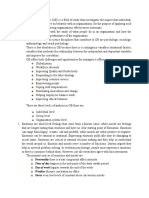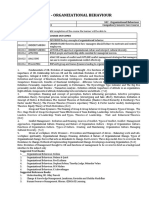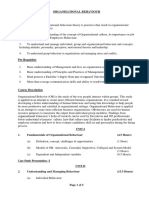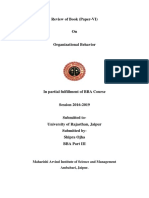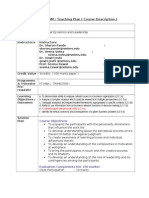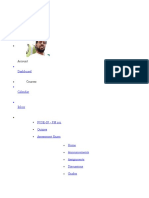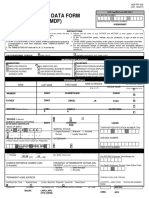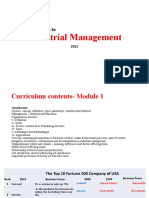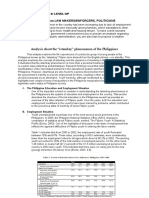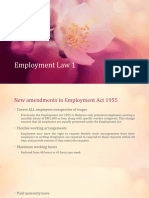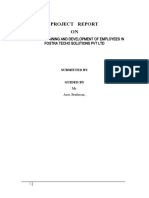0% found this document useful (0 votes)
38 views17 pagesNotes
This document provides detailed study notes for exam preparation covering various topics in organizational behavior, including diversity, attitudes, personality, emotions, motivation, group behavior, power, politics, and communication. Each chapter outlines learning objectives, key topics, and managerial implications to enhance understanding and application of concepts. The notes emphasize the importance of effective management strategies to foster a positive organizational environment.
Uploaded by
Matilde MartinsCopyright
© © All Rights Reserved
We take content rights seriously. If you suspect this is your content, claim it here.
Available Formats
Download as PDF, TXT or read online on Scribd
0% found this document useful (0 votes)
38 views17 pagesNotes
This document provides detailed study notes for exam preparation covering various topics in organizational behavior, including diversity, attitudes, personality, emotions, motivation, group behavior, power, politics, and communication. Each chapter outlines learning objectives, key topics, and managerial implications to enhance understanding and application of concepts. The notes emphasize the importance of effective management strategies to foster a positive organizational environment.
Uploaded by
Matilde MartinsCopyright
© © All Rights Reserved
We take content rights seriously. If you suspect this is your content, claim it here.
Available Formats
Download as PDF, TXT or read online on Scribd
/ 17















